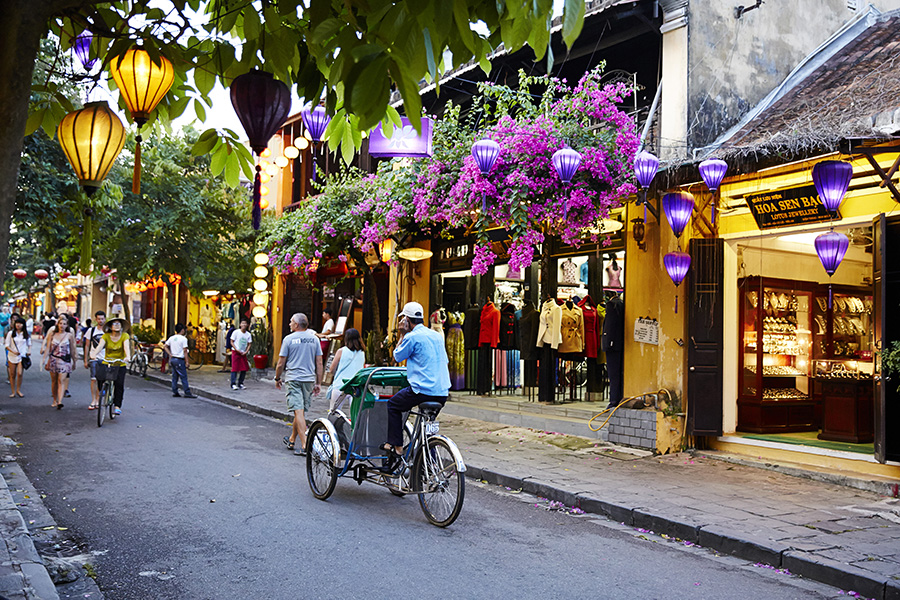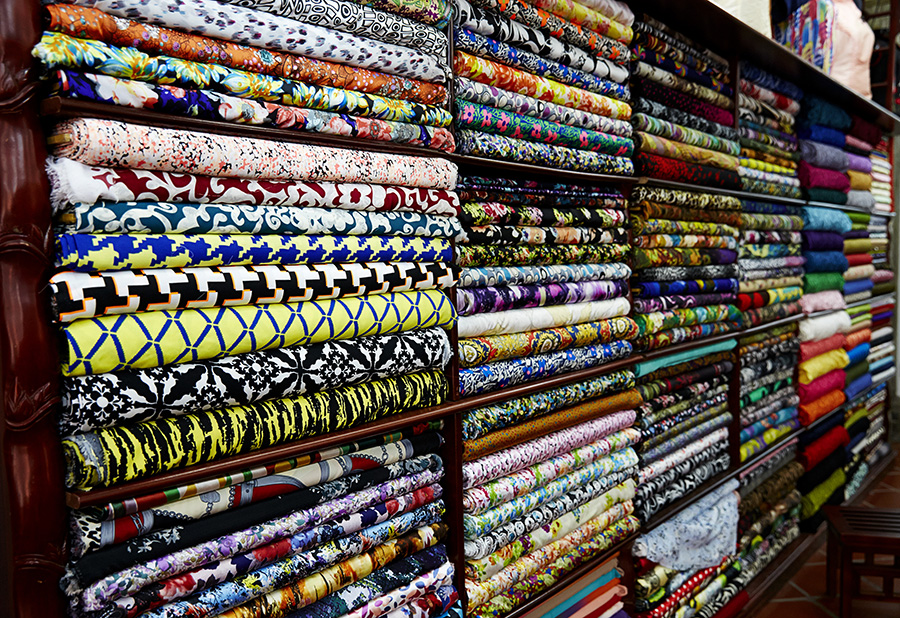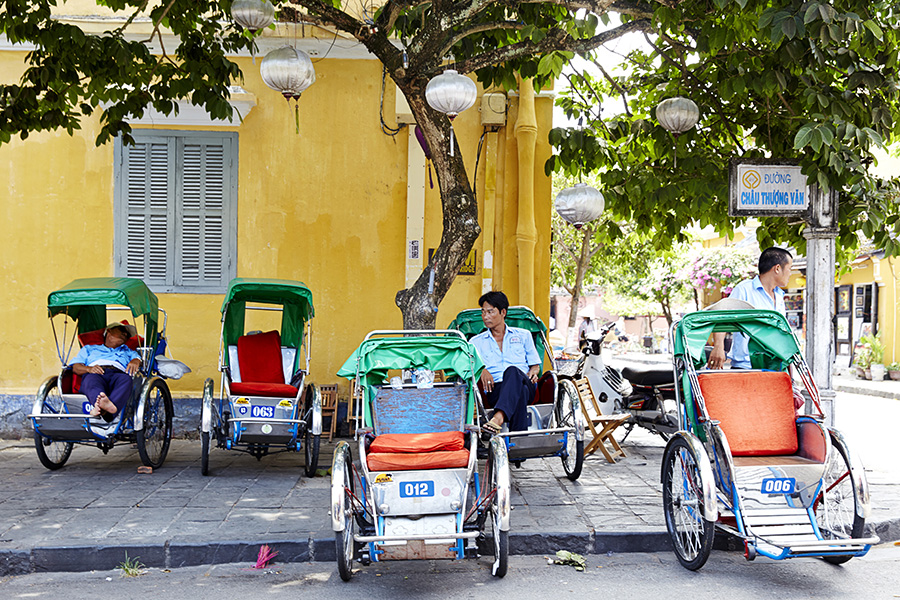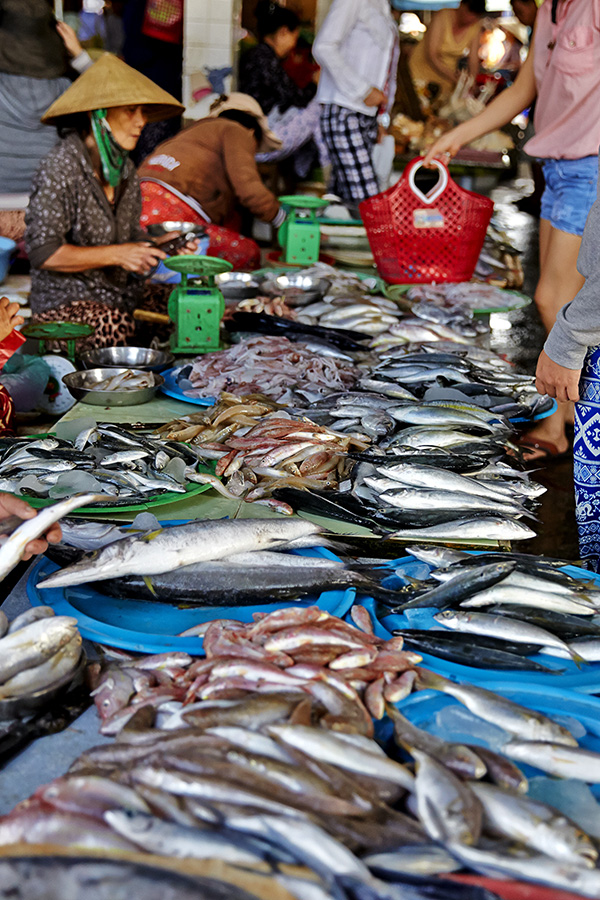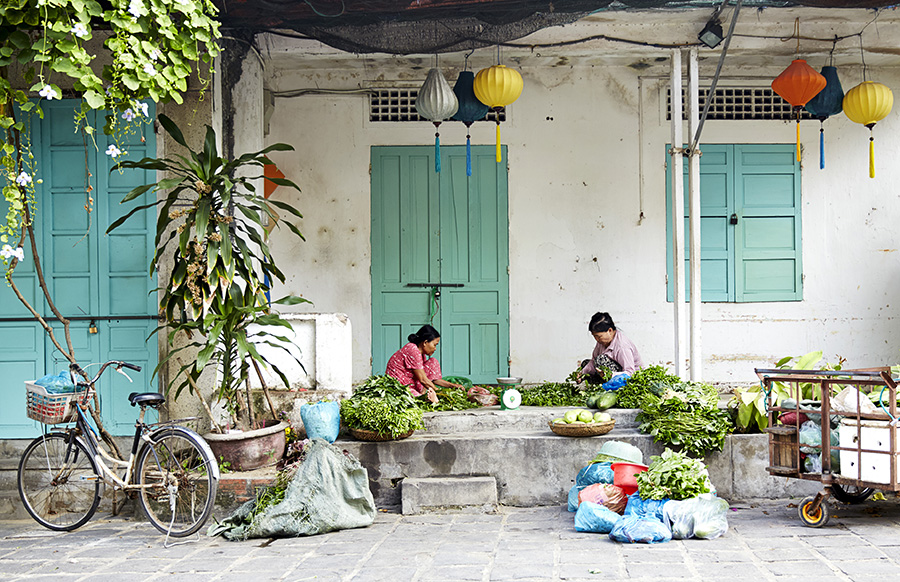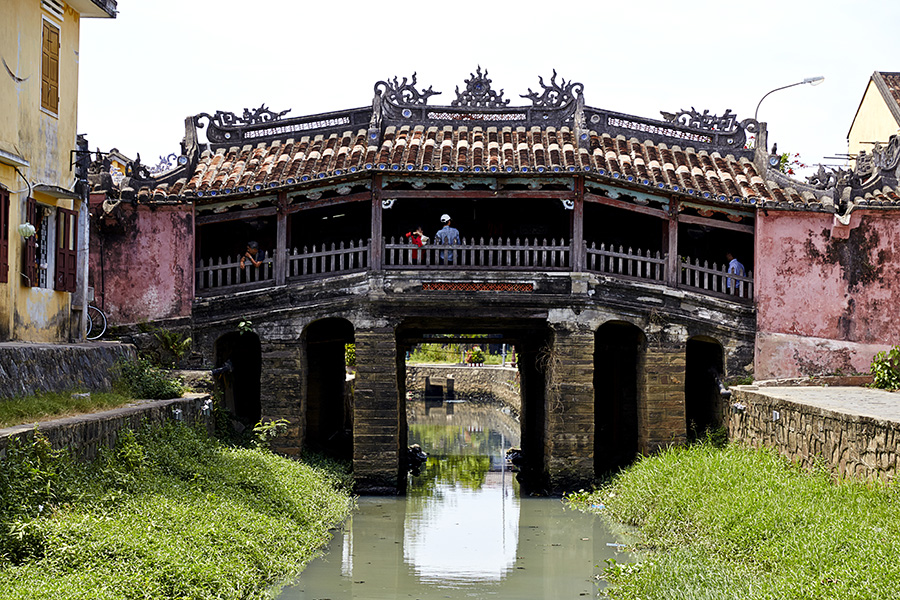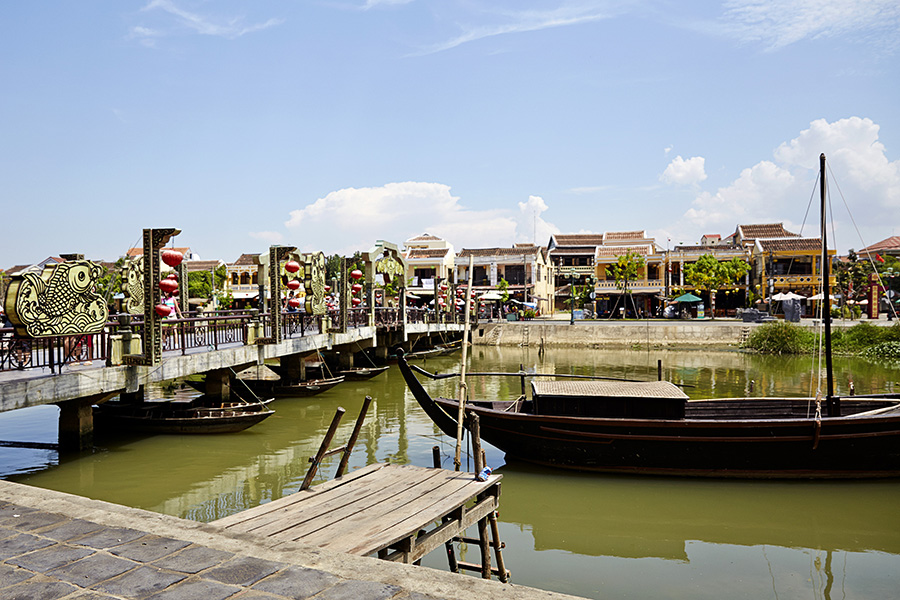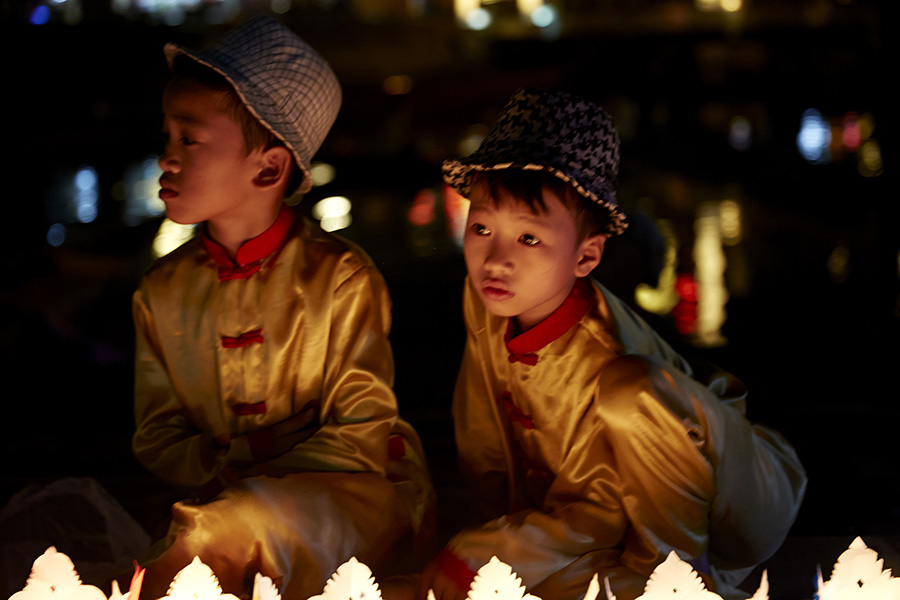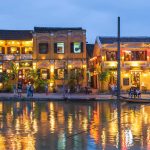Hoi An photo walks — 10+ beautiful photos show the many sides of life in Hoi An, Vietnam
I’d been in Vietnam for just over a week, experiencing the wonderfully chaotic streets of Hanoi, taking the “less traveled” hiking route through Cat Ba National Park, crawling through the mud-filled Dark Cave of Phong Nha in a bathing suit and hard hat, and weathering what I thought was a monsoon in a hut on Nam Cat island. And there, in South Central Vietnam, near the coast of the South China Sea, I landed in Hoi An, a beautiful town whose name translates literally as a “calm meeting spot.”
It’s a modern-day utopia wrapped in the guise of an old metropolis. Hoi An was a commercial harbor from the 15th to the 19th century and is one of the few sites in Vietnam that has been maintained. The street layouts and architecture are a lovely blend of Japanese, Chinese, and European influences that has been preserved over time. As a tourist, your goal here is to get up early and lose yourself in the wonder…
Tailoring has a long history in Hoi An. People come from all over the world to have custom-made gowns and outfits created by tailors whose talents have been passed down through many generations. Manikins in vibrant silk outfits line the shops. The store’s walls are covered in colorful fabric rolls. be be is the most popular shop in town. I had the opportunity of sitting down with the owner and founder, for whom the shop is named (shown above), to learn more about the company. Three generations of tailors had nurtured her. She grew raised in a low-income household down the street and started her own business from the bottom up. She now has three locations scattered across Hoi An and spends time in each store daily. She is a kind and generous woman who talked about the importance of love and acceptance of everyone.
There are no automobiles allowed on the streets of Hoi An’s Old Town, which houses all of the stores, marketplaces, and restaurants, and motorbikes are kept to a minimum. This is in stark contrast to Hanoi or Ho Chi Minh City, where simply crossing the street may feel like a major effort. Hoi An is easily walkable, while those who want a ride can take a Tuk Tuk powered by a bicycle. Bright lights, lush trees, and flowers adorn the old streets. The city will provide you with a plethora of clothes, jewelry, leather, and furniture shops for a fraction of the cost of similar things in the West. Bring an empty luggage to Hoi An.
The food in Hoi An is fresh and tasty, and many of the restaurants offer culinary courses. While the commercial port is no longer operational, fishing and agriculture remain important businesses in the city. The morning fish market is quite the sight – arrive around 6 a.m. to see the locals sift, clean, and sell the fish to restaurants and other local wholesalers.
The morning routine is similar for other agricultures. These women (above) rise early to prep and organize their vegetables to sell at the market.
In the 1590s, Japanese merchants built the magnificent Japanese covered bridge to connect them with the Chinese retail center across the river. The bridge is now a symbol of Hoi An. It is guarded by weathered sculptures of dogs on one end and monkeys on the other.
The Hoai River is a popular gathering place for both tourists and residents. In the evening, it is lined with night market booths and activities, and the city celebrates the full moon by releasing lanterns into the river. During the day, for a little charge, you may rent a boat and explore the river and its canals with one of the locals.
The city’s pace quickens in the evening, with packed restaurants, crowds watching tiny street shows, and an illuminated night market. Many shopkeepers dress their youngsters in costumes to sit behind the market stalls at night.











